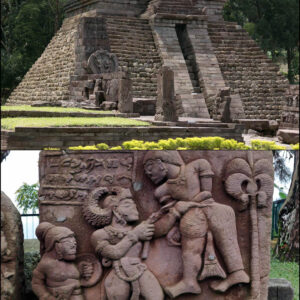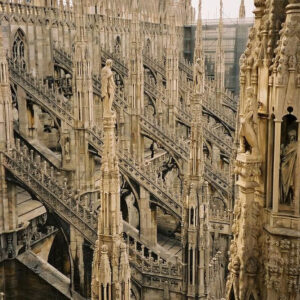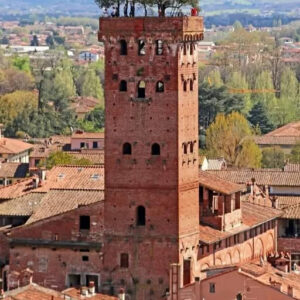In the heart of Lucerne, Switzerland, a breathtaking monument lies carved into the face of a sandstone cliff—a dying lion, wounded by a broken spear, draped over a shield bearing the fleur-de-lis of the Bourbon monarchy. This awe-inspiring sculpture, known as the Lion Monument of Lucerne, is more than just a work of art; it is a powerful tribute to the Swiss Guards who perished in the French Revolution while defending King Louis XVI. With its deeply expressive sorrow, the monument has moved countless visitors, becoming a symbol of loyalty, bravery, and sacrifice.
The Tragic History Behind the Monument
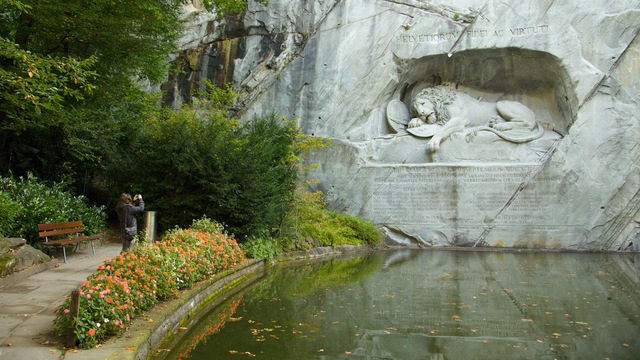
Video
Check out the video to uncover the story of the Lion of Lucerne and its connection to the French Revolution. It’s a tale of history and symbolism you won’t want to miss!
The Swiss Guard’s Role in France
For centuries, the Swiss Guard served as an elite mercenary force, known for their unwavering loyalty and discipline. These highly trained soldiers were hired to protect various European monarchies, with one of their most prominent roles being the personal guards of the French royal family.
By the late 18th century, France was in turmoil. The French Revolution had created an atmosphere of extreme political unrest, and by August 10, 1792, revolutionaries turned their fury toward Tuileries Palace, where King Louis XVI, Queen Marie Antoinette, and their children were staying under the protection of 950 Swiss Guards.
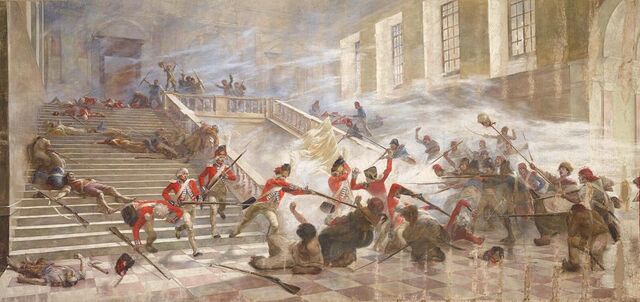
The Storming of the Tuileries Palace
On that fateful day, a mob of 30,000 angry revolutionaries marched toward the palace. The royal family, fearing for their lives, fled through a secret passage to seek refuge with the Legislative Assembly, leaving the Swiss Guard behind without clear orders.
As the insurgents stormed the palace, the guards initially attempted to show peaceful intentions, even throwing down their ammunition. However, the first shot soon rang out, and chaos ensued. The Swiss Guards valiantly defended the palace, successfully repelling the first wave and killing around 200 revolutionaries.
The Massacre of the Swiss Guards
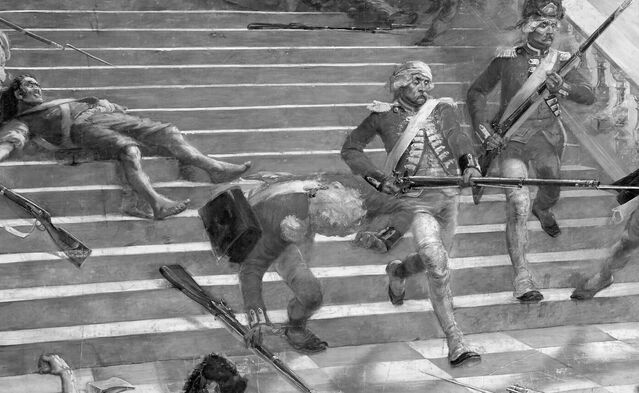
Despite their fierce resistance, the Swiss Guards were outnumbered and outgunned. A belated order from King Louis XVI to stand down and retreat arrived, but it was too late. Running low on ammunition, the remaining guards attempted to flee through the palace gardens. Many were captured and brutally massacred.
- 600 guards perished in the battle or during retreat.
- 60 were captured, marched to the Hôtel de Ville, and executed upon arrival.
- 200 more died in prison due to injuries and starvation.
- Only around 100 survived.
Their ultimate fate became one of the bloodiest chapters of the French Revolution, demonstrating both the loyaltyand tragic sacrifice of the Swiss Guards.
Creation and Symbolism of the Monument
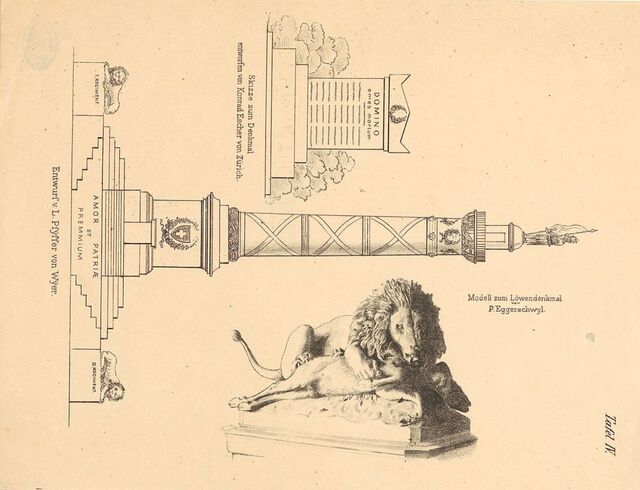
One of the Swiss Guards, Karl Pfyffer von Altishofen, was on leave in Lucerne at the time of the massacre. Deeply affected by the loss of his comrades, he took it upon himself to memorialize their bravery. He launched a fundraising campaign and enlisted the renowned Danish sculptor Bertel Thorvaldsen to design the monument.
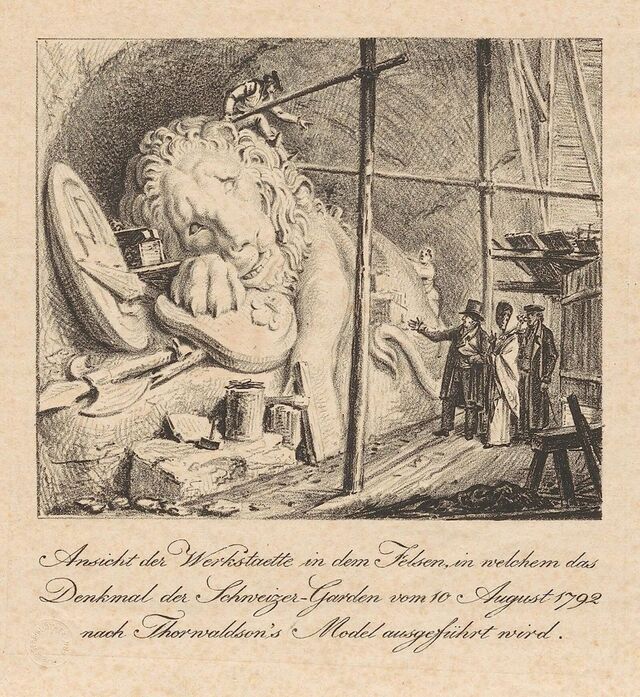
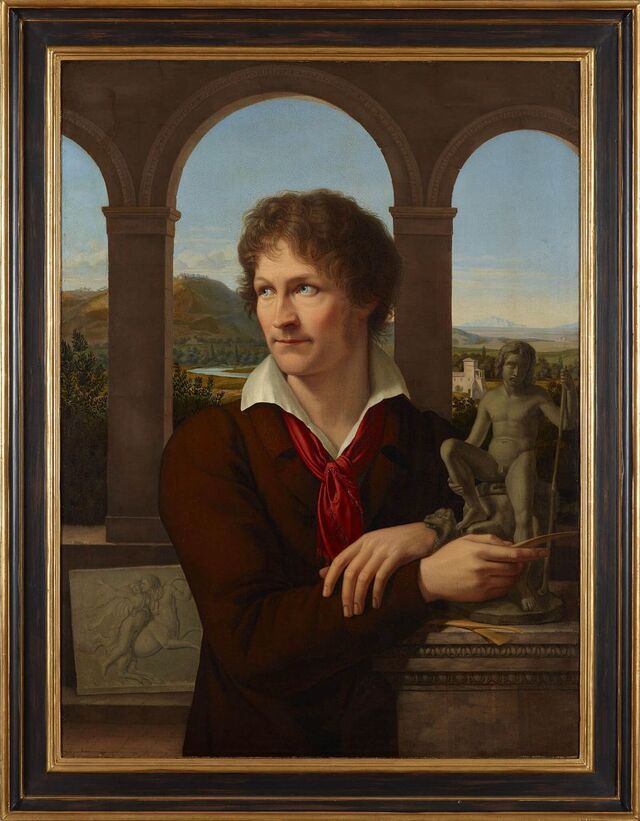
Carved into the face of a former sandstone quarry, the Lion Monument was completed in 1821 by stonemason Lukas Ahorn under Thorvaldsen’s artistic direction. Every aspect of the sculpture tells the story of the Swiss Guards’ tragic fate:
- The lion, wounded yet dignified, represents the fallen Swiss Guards.
- The broken spear piercing its body symbolizes their suffering and sacrifice.
- One paw rests on a shield with the fleur-de-lis, showing their allegiance to the French monarchy.
- Above the lion, the Latin inscription “Helvetiorum Fidei ac Virtuti” translates to “To the Loyalty and Bravery of the Swiss.”
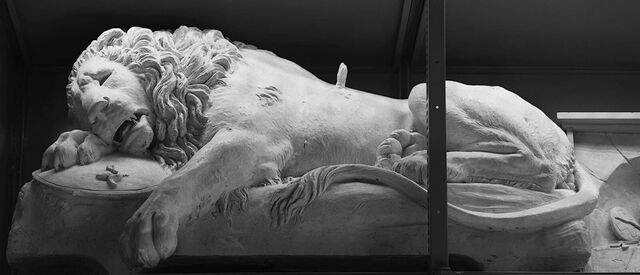
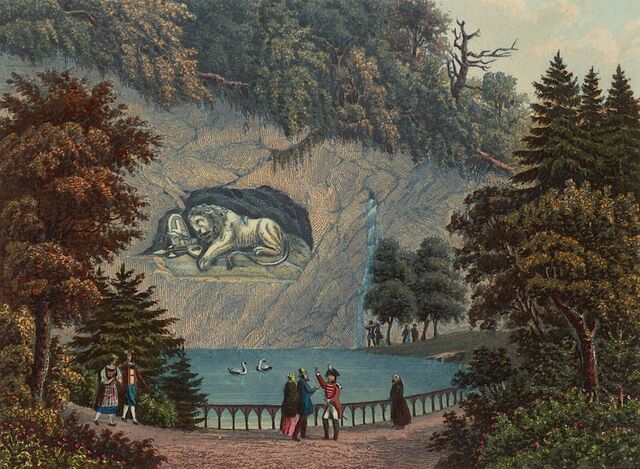
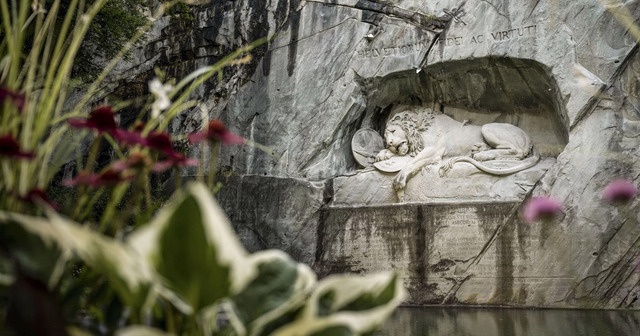
During the monument’s construction, a dispute arose when Thorvaldsen was not paid his full fee. As an act of subtle protest, he carved the surrounding alcove in the shape of a pig—a veiled insult directed at the project’s financial backers. This hidden message remains a curious footnote in the history of the monument.
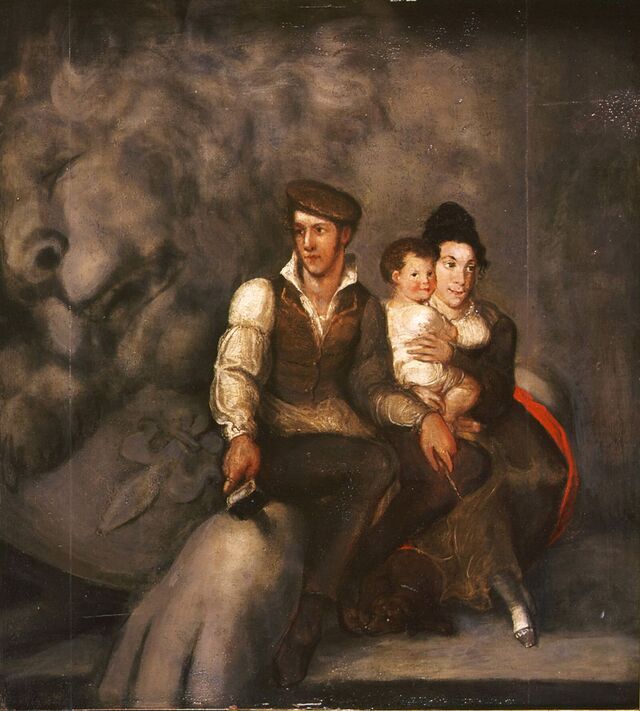
The Lion Monument as a Cultural and Historical Symbol
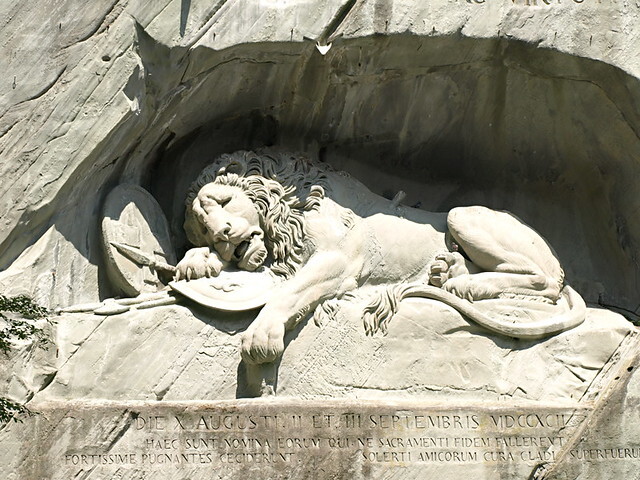
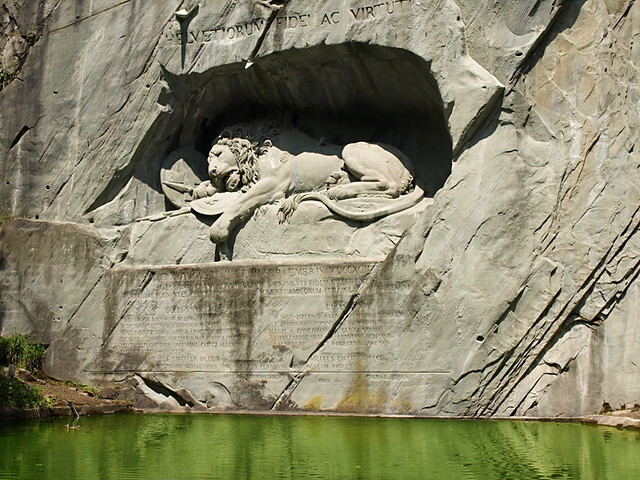
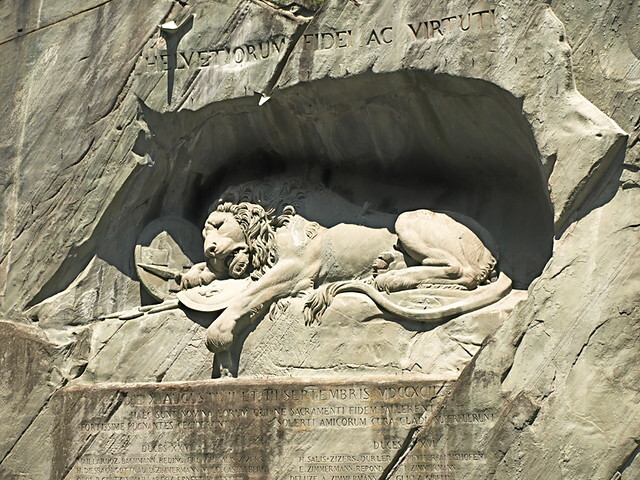
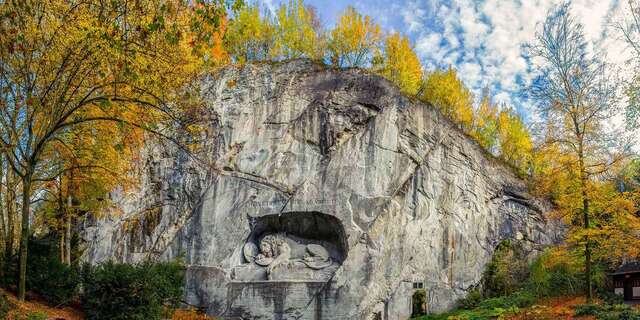
For Switzerland, the Lion Monument is more than just a work of art—it is a national symbol of Swiss bravery and devotion. The story of the Swiss Guards is taught in Swiss schools as an example of unwavering duty, reinforcing the country’s historical identity of neutrality, honor, and service abroad.
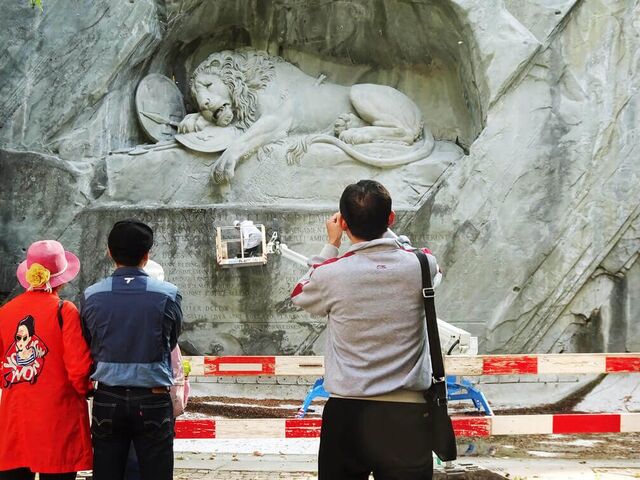
The monument’s raw emotion has deeply resonated with those who visit it. Mark Twain, after seeing the monument, described it as:
“The most mournful and moving piece of stone in the world.”
This powerful reaction is shared by many who stand before the lion’s sorrowful gaze, feeling the weight of its history and tragedy.
Today, the Lion Monument is one of Switzerland’s most visited memorials. Every year, thousands of tourists come to Lucerne to witness this incredible sculpture, making it a key cultural landmark. The site also serves as a gathering place for commemorative events honoring Swiss military service.
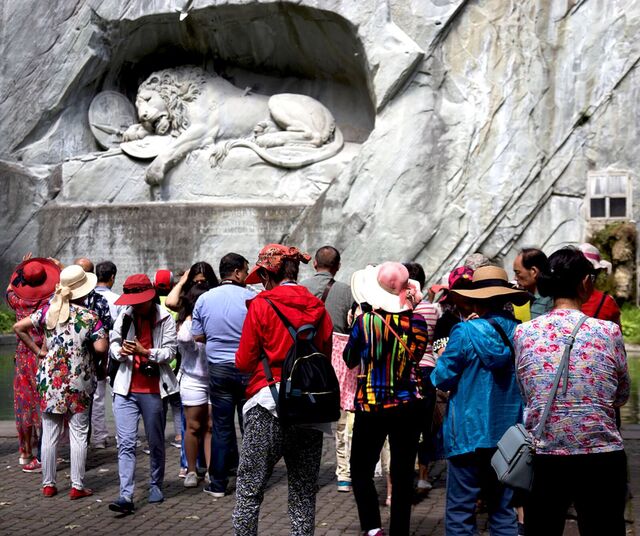
Conclusion
The Lion Monument of Lucerne is a timeless masterpiece of sorrow and sacrifice, immortalizing the tragic fate of the Swiss Guards who fell during the French Revolution. Beyond its artistic grandeur, it serves as a reminder of the cost of loyalty, the devastation of war, and the unwavering courage of those who serve in the line of duty.
Even today, standing before this breathtaking sculpture, visitors can feel the silent agony of the lion, ensuring that the sacrifice of the Swiss Guards is never forgotten.
Video
Watch the video to discover the top 10 things to do in Lucerne, Switzerland. From stunning sights to unforgettable experiences, it’s the ultimate guide to this beautiful city!

